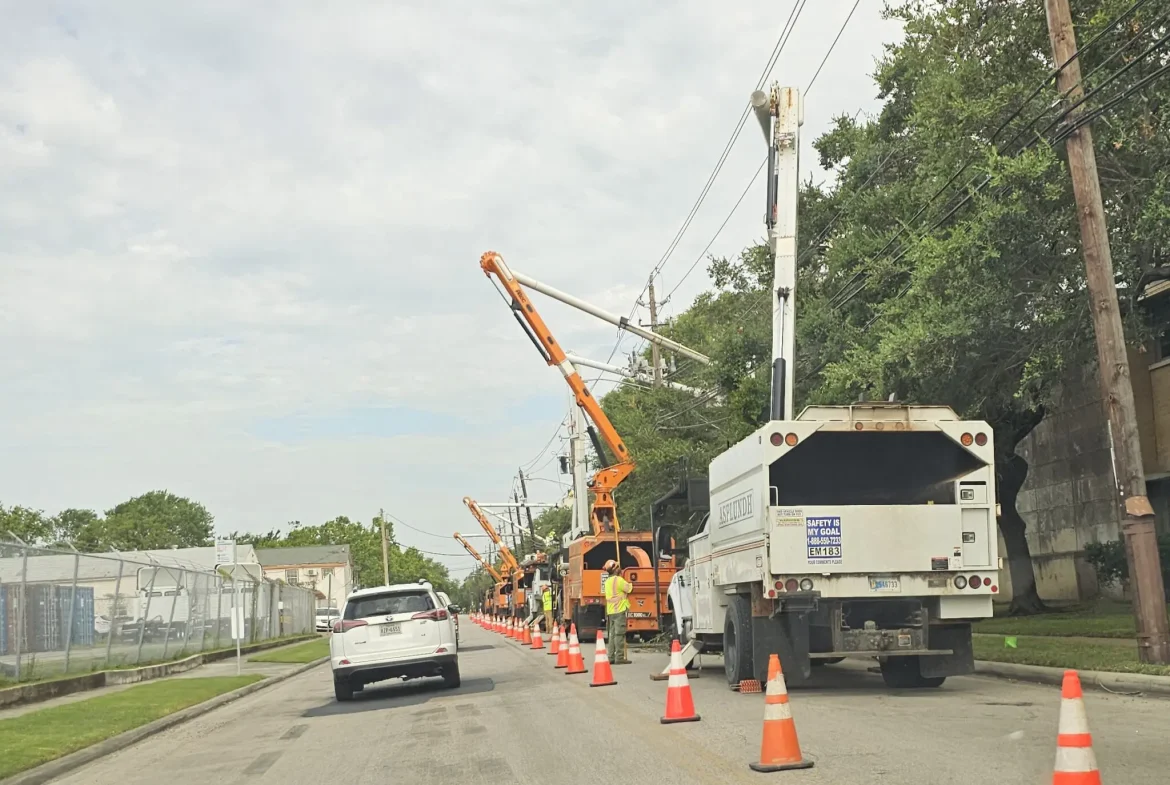CenterPoint Energy, the primary electricity provider for the Houston region, is facing a probable rejection of its request for a rate increase by the Houston City Council. This decision is expected during an upcoming council meeting on Wednesday. CenterPoint seeks to implement a rate hike that would add approximately $1.83 to the average residential electricity bill, intended to fund infrastructure investments and maintenance under the “distribution cost recovery factor” (DCRF).
Despite CenterPoint’s assertion that these investments are crucial for meeting the growing energy demands of the Greater Houston area, the city’s Administration and Regulatory Affairs department recommends denying the request due to the filing’s expedited process. Denials of DCRF requests at the municipal level are not uncommon as municipalities have a limited 60-day window to respond before the Public Utility Commission of Texas (PUC) intervenes.
The city administration emphasizes the necessity of a thorough review to determine the request’s compliance with DCRF standards. This cautious approach stems from past controversies, such as the criticism CenterPoint faced after Hurricane Beryl, when widespread outages and prolonged restorations led to allegations of overcharging customers.
Despite CenterPoint’s commitment to forgo $110 million in profits to enhance its resiliency plan post-Beryl, public and governmental scrutiny continues. Texas Lt. Gov. Dan Patrick has previously called for the resignation of CenterPoint’s CEO, Jason Wells, amid enduring dissatisfaction with the company’s handling of service issues.
According to Ed Hirs, an energy expert from the University of Houston, any final rate determined by the PUC will likely emerge from negotiations encompassing CenterPoint, municipal authorities, and the state. Consumers in Houston should anticipate increased costs as part of efforts to enhance power grid reliability and resilience, which includes upgrading infrastructure to withstand severe weather conditions.
While CenterPoint argues that it has adhered to regulatory rate-setting protocols, the outcome of these proceedings will have significant implications for both consumers and the power supplier’s operations in a rapidly expanding urban area. As discussions unfold, the focus remains on balancing infrastructure improvements with fair pricing for consumers.

